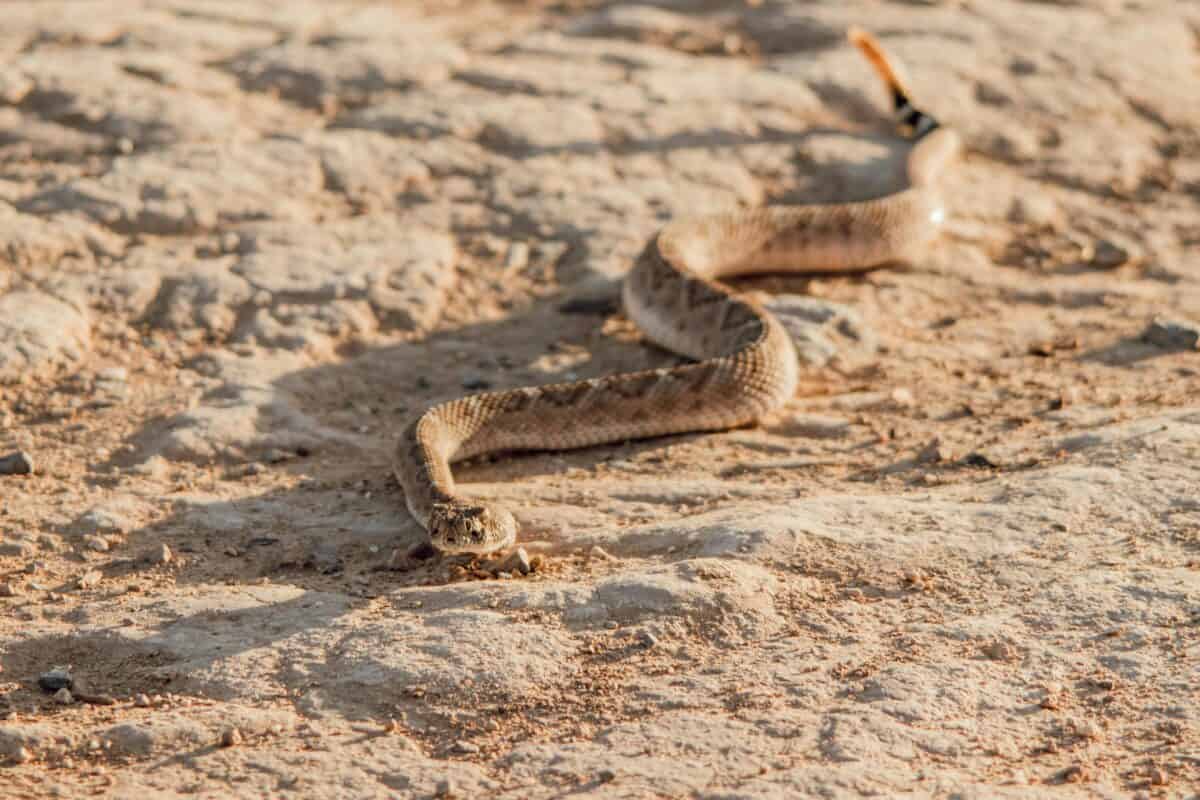In the fascinating world of reptiles, snakes have developed extraordinary abilities that continue to surprise even experienced herpetologists. While many people assume that a smooth glass surface would be impossible for a snake to navigate, certain species possess remarkable adaptations that allow them to defy gravity and climb vertical glass walls. This seemingly impossible feat is not only real but demonstrates the incredible evolutionary adaptations these creatures have developed over millions of years. Various snake species employ different techniques to accomplish this climbing feat, challenging our understanding of reptilian locomotion and revealing the complex biomechanics behind their movement patterns.
The Physics Behind Glass-Climbing Snakes

The ability of certain snakes to climb glass surfaces relies on sophisticated physical principles rather than any form of suction or adhesive secretion. Unlike geckos, which utilize microscopic hairs called setae that create van der Waals forces to adhere to surfaces, snakes employ a combination of biomechanical techniques. The primary mechanism involves creating a pressure differential by manipulating their ventral scales against the glass. As a snake moves, it creates small pockets of lower pressure between its scales and the glass surface. This pressure differential, combined with microscopic friction from the edges of their scales, allows them to maintain contact with the vertical surface. The snake’s muscular control enables it to adjust the precise angle and pressure of each segment of its body against the glass, creating enough grip to counter gravity’s pull.
The Reticulated Python: A Master Glass Climber
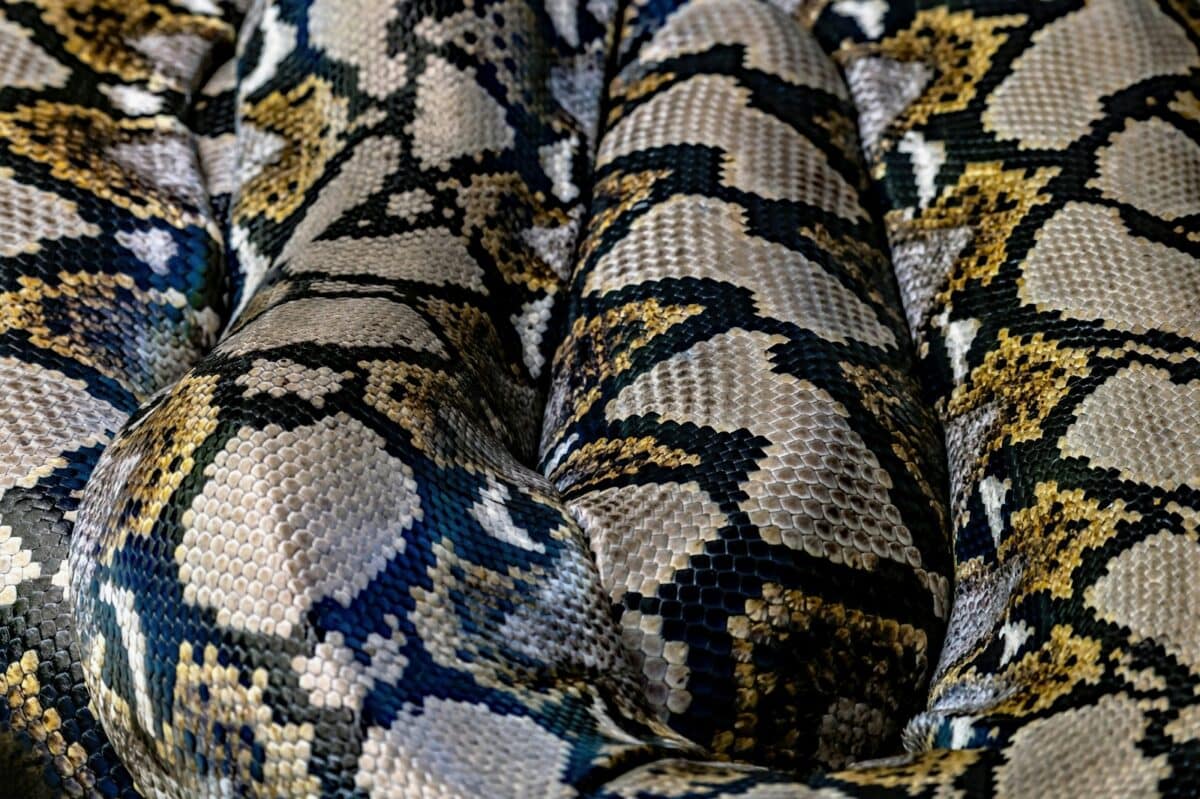
Among the various snake species capable of climbing glass surfaces, the Reticulated Python (Python reticulatus) stands out for its exceptional climbing abilities. As one of the world’s longest snakes, reaching lengths of over 20 feet, these pythons display remarkable agility despite their size. Young reticulated pythons are particularly adept at scaling glass walls in captivity, using their powerful muscles and specialized ventral scales to grip the smooth surface. This ability derives from their natural habitat in Southeast Asian rainforests, where they frequently climb trees in search of prey or to escape predators. Their arboreal adaptations have translated remarkably well to navigating artificial glass surfaces, making them one of the most impressive glass-climbing snake species observed in captivity.
Rat Snakes: Vertical Surface Specialists

The Rat Snake genus (Pantherophis) contains several species renowned for their extraordinary climbing abilities, including scaling glass surfaces. North American Rat Snakes, such as the Black Rat Snake (Pantherophis obsoletus) and the Corn Snake (Pantherophis guttatus), are particularly adept glass climbers. These snakes possess specialized ventral scales with slight ridges that provide crucial friction against smooth surfaces. Their natural habitat includes forest environments where they regularly climb trees to hunt birds and access nests, evolving muscular control and body mechanics optimized for vertical movement. In captivity, many rat snake owners have witnessed their pets scaling glass aquarium walls with apparent ease, often necessitating secure mesh lids to prevent escapes. Their climbing ability is so effective that they can ascend several feet of smooth glass using only the minute friction created by their specialized scales.
Tree Snakes and Their Specialized Adaptations
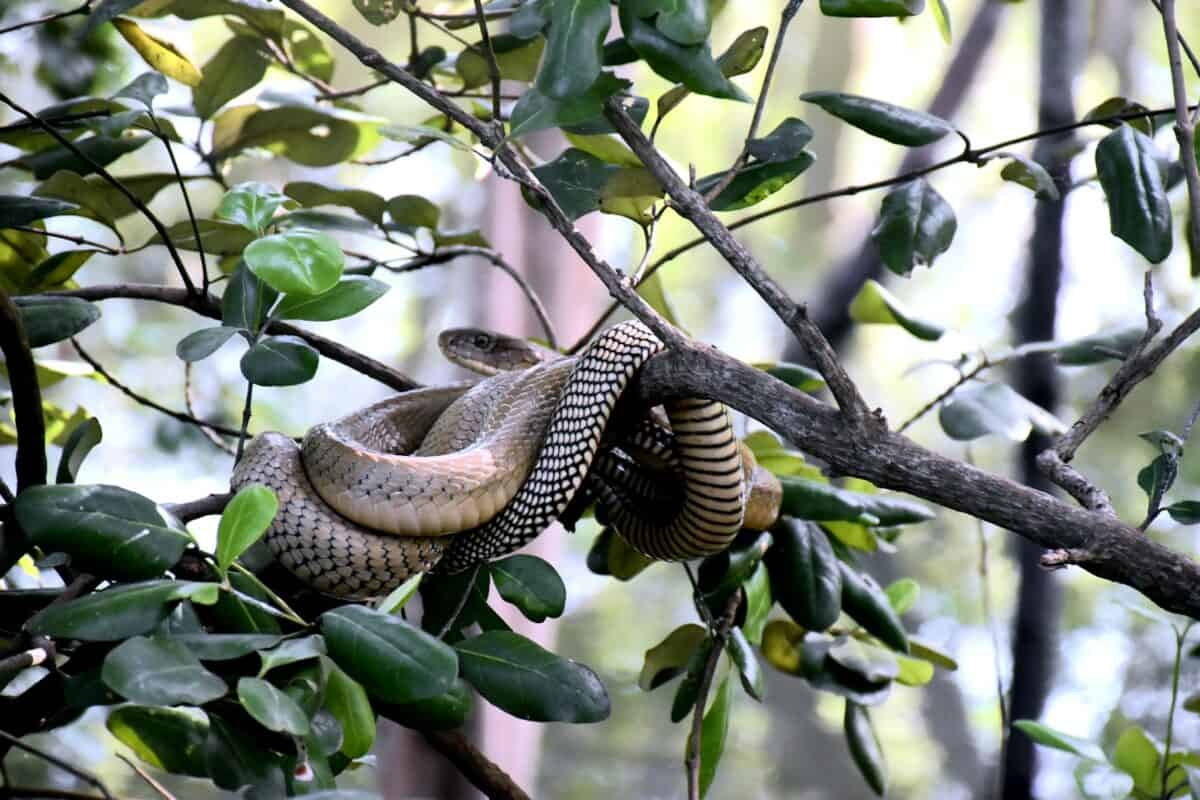
Various species of tree snakes have evolved remarkable adaptations that enable them to climb glass and other smooth surfaces. The Brown Tree Snake (Boiga irregularis), notorious for its invasion of Guam, possesses specially modified ventral scales that create enhanced friction against vertical surfaces. Similarly, the Green Tree Python (Morelia viridis) and Emerald Tree Boa (Corallus caninus) have developed exceptionally strong muscular control that allows them to grip narrow surfaces, an adaptation that translates well to climbing glass in captivity. These arboreal specialists have evolved slender bodies with proportionally longer tails and more vertebrae than ground-dwelling snakes, providing greater flexibility and control while climbing. Their scales feature microscopic texturing that maximizes surface contact, creating sufficient friction to maintain position on even the smoothest surfaces when combined with their precise muscular control.
The Role of Snake Scales in Glass Climbing
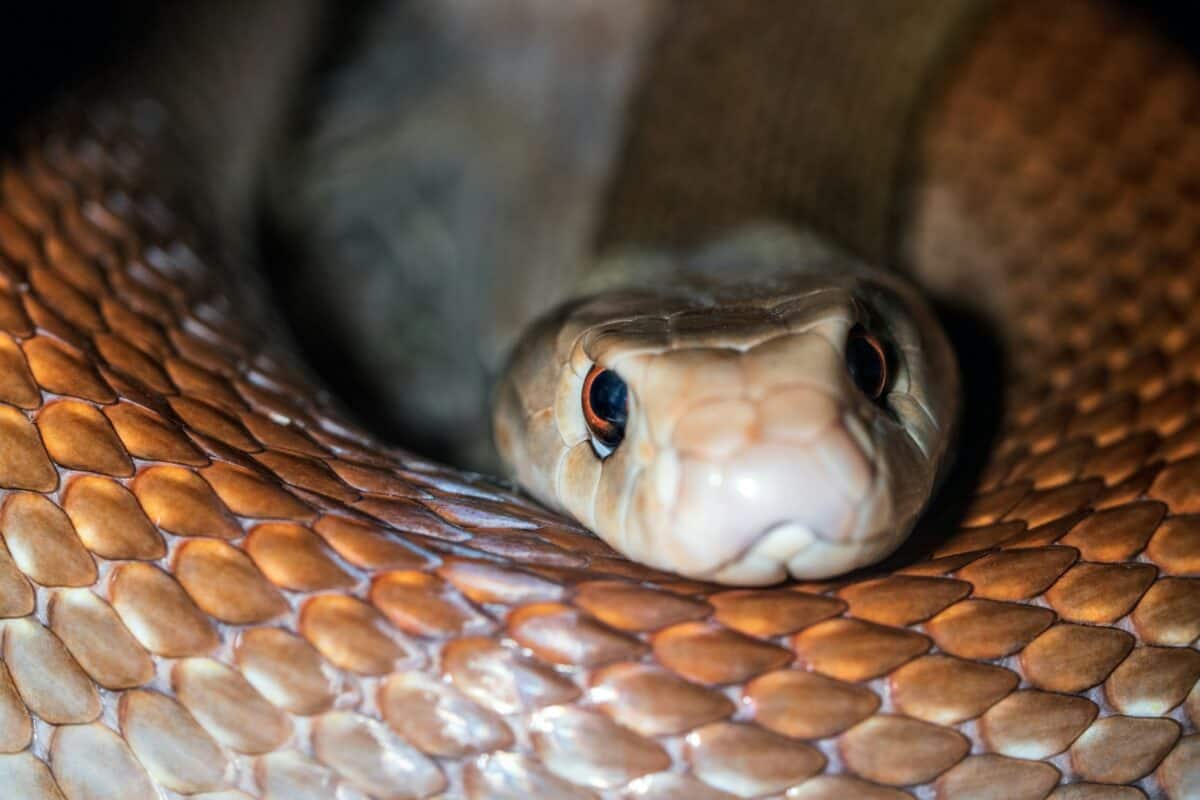
Snake scales play a crucial role in enabling certain species to climb glass surfaces. Unlike the scales on a snake’s dorsal (top) side, ventral (belly) scales have evolved specific properties to facilitate movement. These ventral scales are typically larger, broader, and arranged in a single row along the snake’s underside. In glass-climbing species, these scales often feature microscopic ridges or texturing that creates friction against smooth surfaces. Under an electron microscope, research has revealed that the leading edges of these scales contain minute irregularities that function like the edge of a windshield wiper, gripping even seemingly frictionless surfaces. Additionally, the scales overlap in a manner that allows the snake to create localized pressure differentials as it moves, essentially “walking” its ventral scales up the glass by creating and releasing contact points in a coordinated wave-like pattern.
Muscular Mechanics: How Snakes Control Their Climb
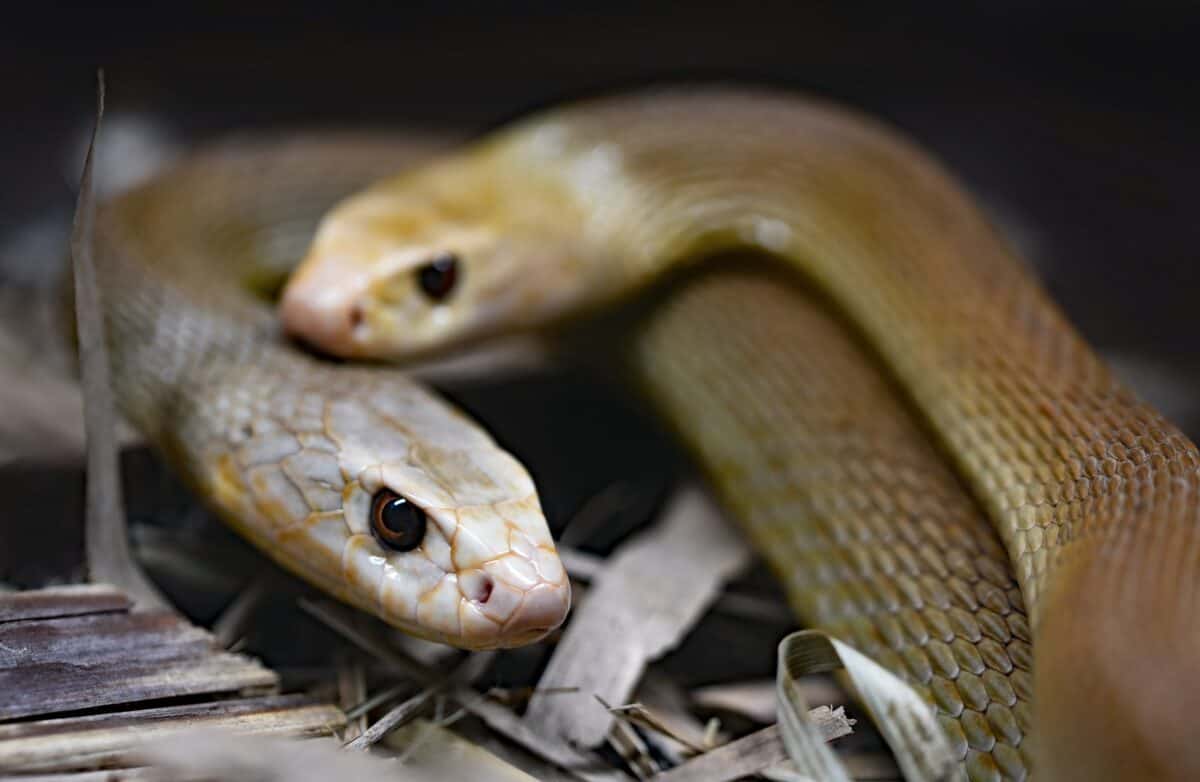
The muscular control exhibited by glass-climbing snakes is nothing short of extraordinary. Unlike mammals who rely on limbs for movement, snakes possess specialized muscles attached directly to their scales and skeleton. These muscles work in coordinated patterns, contracting and relaxing in waves that propagate along the snake’s body. When climbing glass, snakes utilize a modified form of lateral undulation, where they press portions of their body against the surface while other sections advance forward. This movement requires precise neurological control, with the snake making thousands of minute muscular adjustments per minute. Research has shown that glass-climbing snakes can alter the pressure applied by different body segments independently, allowing them to maintain grip points while advancing upward. This remarkable muscular precision enables them to climb at speeds up to 12 inches per minute on a completely smooth vertical surface – a feat that would be impossible without their specialized neuromuscular adaptations.
Environmental Factors Affecting Glass-Climbing Ability

Several environmental factors significantly influence a snake’s ability to climb glass surfaces. Temperature plays a critical role, as snakes are ectothermic (cold-blooded) creatures whose muscular efficiency varies with ambient conditions. At optimal temperatures ranging from 75-85°F (24-29°C), climbing species demonstrate peak performance, while colder conditions diminish their climbing ability by reducing muscular efficiency. Humidity also affects climbing success, as extremely dry conditions can alter the microscopic properties of scales, reducing friction. The cleanliness of the glass surface itself matters substantially – while snakes can climb perfectly clean glass, the presence of microscopic dust particles or oils can either enhance or impede their progress depending on the specific contaminant. Even the angle of the glass impacts success rates, with slightly off-vertical surfaces being easier to navigate than perfectly vertical ones. These variables help explain why a snake might successfully climb a terrarium wall on some occasions but struggle on others.
The Evolutionary Advantage of Glass Climbing

While glass surfaces don’t exist in nature, the ability to climb them represents an evolutionary adaptation with significant natural advantages. Snakes that can scale glass walls possess biomechanical systems primarily evolved for climbing trees and rocky surfaces in their natural habitats. This climbing ability provides numerous evolutionary advantages, including access to bird nests for food, escape routes from ground predators, and expanded hunting territories. In tropical rainforest environments, arboreal snakes can access an entirely different ecological niche than their ground-dwelling counterparts, reducing competition for resources. Research suggests that the adaptations enabling glass climbing evolved independently in multiple snake lineages through convergent evolution, indicating the significant survival advantage this ability confers. While glass climbing itself offers no direct evolutionary benefit, it demonstrates how adaptations developed for natural challenges can apply to novel environments – a testament to the remarkable adaptability of these reptiles.
Keeping Glass-Climbing Snakes in Captivity

For reptile enthusiasts keeping glass-climbing snake species as pets, appropriate enclosure design becomes crucial to prevent escapes. Secure mesh or locking lids are essential components of any glass terrarium housing these agile climbers. Some owners opt for modified enclosures with inward-curving lips at the top of glass walls, creating an overhang that even the most skilled climbing snakes cannot navigate. Providing adequate climbing structures within the enclosure, such as branches, rocks, or specialized reptile climbing apparatuses, allows these snakes to exercise their natural climbing behaviors in a controlled environment. Interestingly, some keepers report that well-fed, comfortable snakes attempt glass climbing less frequently than stressed or hungry specimens, suggesting that meeting all their environmental and nutritional needs may reduce escape attempts. For particularly persistent climbers, some reptile keepers apply a thin strip of petroleum jelly near the top of the enclosure, creating a barrier that disrupts the snake’s ability to maintain grip without harming the animal.
Scientific Research on Snake Locomotion
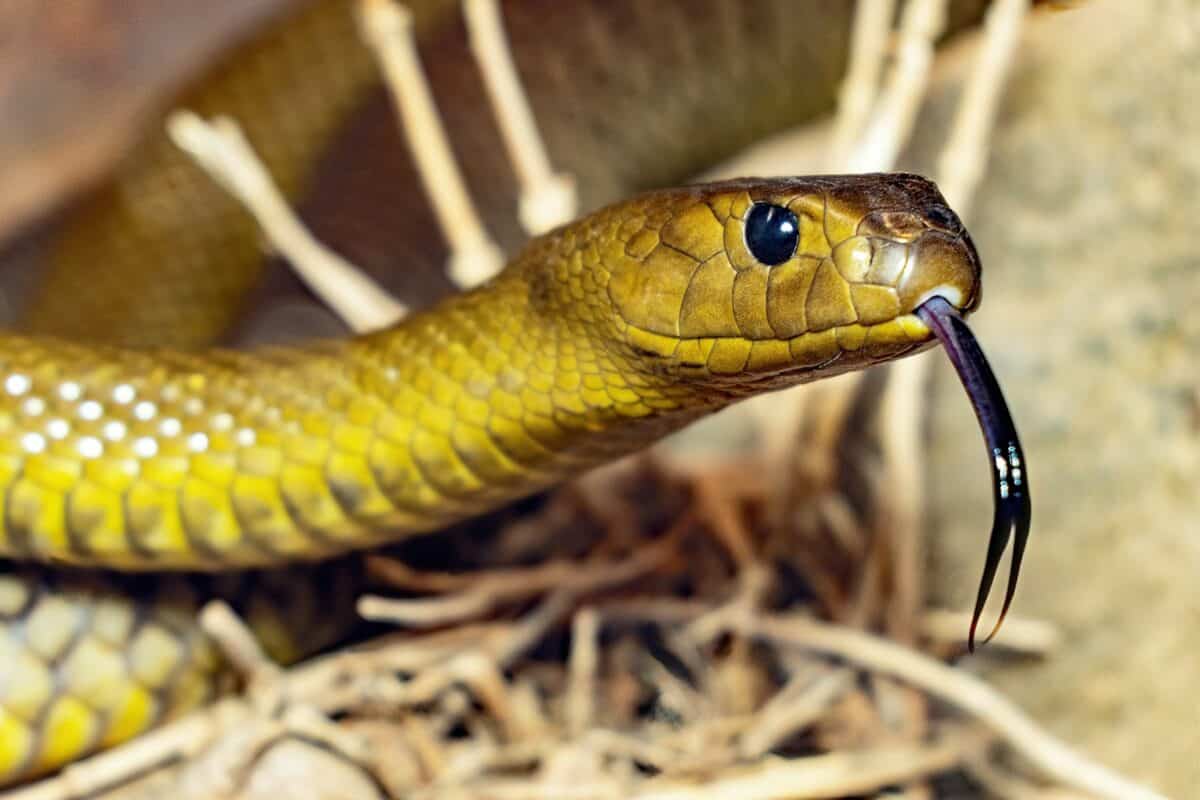
The phenomenon of glass-climbing snakes has attracted significant scientific attention, advancing our understanding of reptile biomechanics. Researchers at institutions including the Georgia Institute of Technology and the University of Cincinnati have conducted pioneering studies using high-speed cameras and force sensors to analyze precisely how snakes generate the necessary friction to climb smooth surfaces. These studies have revealed that snakes utilize multiple locomotion patterns, adapting their movement style to the terrain. On glass surfaces, they typically employ a modified form of lateral undulation combined with elements of concertina locomotion, where portions of the body remain anchored while others advance. Some laboratories have developed robotic models based on snake biomechanics, with applications ranging from search and rescue operations to minimally invasive surgical tools. This research not only enhances our understanding of snake biology but also contributes to the growing field of bio-inspired engineering, where natural adaptations inform technological innovations.
Notable Snake Escapes Through Glass Climbing
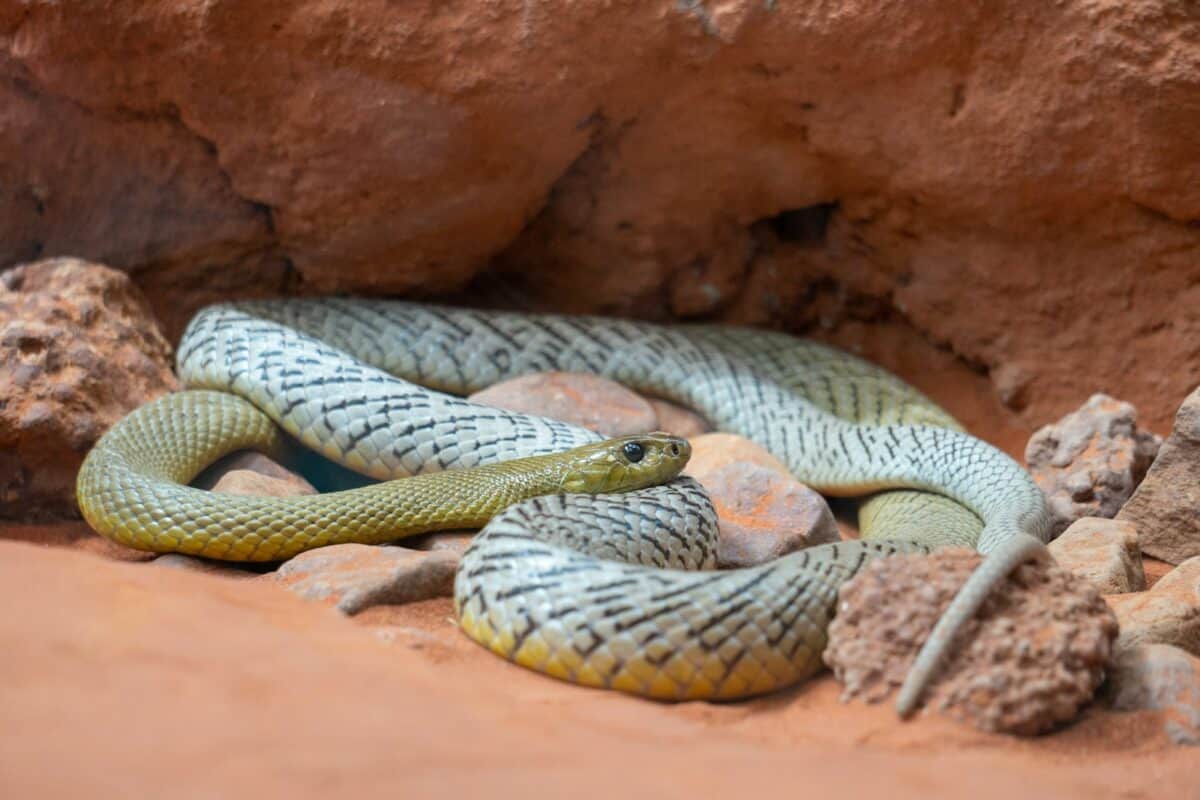
The glass-climbing abilities of certain snake species have led to numerous documented escape stories that demonstrate their remarkable skills. In 2019, a corn snake named Houdini at the London Zoo escaped three times in one month by scaling the glass walls of its enclosure, navigating through a tiny gap where the mesh lid wasn’t completely secured. Similarly, the Australian Reptile Park documented a young coastal carpet python climbing seven feet of vertical glass before squeezing through a ventilation opening measuring just one inch in diameter. Pet owners frequently share experiences of discovering their snakes exploring household shelves or curtain rods after successful glass-climbing escapes. Perhaps most impressively, a pet reticulated python in Florida made headlines in 2017 when it escaped its enclosure by climbing glass, navigated through an apartment building’s ventilation system, and was eventually discovered two floors above its original location. These incidents highlight not only the climbing abilities of these animals but also their problem-solving capabilities and persistent nature.
Conclusion: The Remarkable Adaptation of Glass-Climbing Snakes

The ability of certain snake species to climb glass walls represents one of the most fascinating adaptations in the reptile world, demonstrating nature’s remarkable capacity for specialized evolution. Through a combination of unique scale structures, extraordinary muscular control, and biomechanical efficiency, these serpents accomplish what seems physically impossible on perfectly smooth surfaces. This capability not only provides valuable insights into reptilian evolution but also offers inspiration for robotics, materials science, and other technological fields seeking to replicate nature’s solutions to complex physical challenges. As we continue to study these remarkable creatures, we’re likely to uncover even more details about the precise mechanisms that enable their gravity-defying feats, furthering our appreciation for the incredible diversity and specialization found throughout the natural world.
- How Baby Giraffes Learn to Walk Within Hours - August 16, 2025
- Why We Need to Save The Cross Gorilla, The Most Endangered Primate in The World - August 16, 2025
- This Snake Can Climb Glass Walls - August 16, 2025

